AI-generated article summary
A Banshee is a supernatural entity known as a Sidhe, who appears throughout Irish legends and folklore. Her wailing, sorrow-filled cry is said to be a sign of death to an immediate family member.
These Sidhe, also known as faeries in Irish legend, have come to warn their former families that death is upon them. However, there are also malevolent Banshees who are said to drive families insane with horror and thrive on death.
The Banshee Of Irish Legend
Irish mythology is known for its vast array of supernatural and otherworldly creatures, including faeries, ghosts, and beasts of all natures. However, none may be as creepy or downright disturbing to outsiders as that of the legend of the Banshee. The Banshee of Irish has remained an integral part of the society for over two-thousand years and is still widely believed in by much of the island’s population today.
In popular folklore, this supernatural entity has a petrifying scream that sends chills down the spine of even the most hardened of people, for it’s said that those who hear this harrowing scream should take it as a sign that an impending death in the family is coming. This has ultimately led to various modern deceptions of the Banshee as an evil or malevolent force. However, her scream doesn’t actually bring or cause death in Irish legends. The spirit simply warns loved ones that an impending death is near, and in some cases, she even acts as an escort for the departed soul to the afterlife.
On several occasions throughout Irish folklore, it’s been recorded that someone has witnessed several banshees at once. If this is the case, it should be taken as a significant sign that someone of great importance will soon depart this world for the next. In ancient times this may have been the tribal leader of a tuatha or tribal grouping.
The Origin Of The Banshee
The Banshee’s name originates from the Gaeilge words, ‘Sidhe’ meaning spirit or fairy, and ‘Bean’ meaning woman. The Sidhe, otherwise known as the Faerie folk of Irish legends, were said to be those who lived in underground mounds and lakes. They trace their ancestry back to the Tuatha De, one of Ireland’s ancient groups who were looked upon as gods. The Sidhe were known as semi-mythical and supernatural beings who could travel between our world and the underworld. Thus, in many instances, these faerie women are often looked upon as supernatural beings or the souls of the departed who still have a purpose in the physical world.
The dreaded Banshee is also known by various other names, likely stemming from local legends from all over the Irish and Scottish islands. The names include The Female Fairy, The Lady Of Death, The White Lady of Sorrow, Spirit Of The Air, and even The Woman Of Peace. All of these names relate back to the same idea; a spiritual entity that has come to warn a family of impending death.
In the folklore of the highlands of Scotland, a similar supernatural creature is known as the Ban Nigheag na h-ath or the little washerwoman of the Ford. This woman was equally feared throughout the Scottish lands, for it said whoever comes across and observes an older woman washing blood-stained clothes or armour in the river has been instructed that impending death is close in the family.
Historians have traced the first written accounts of Banshees to 8th-century poems based on a tradition where women sang a sorrowful song to lament someone’s death. However, the origin of the Banshee goes much further back into the prehistoric period of Ireland, to a time when the connection between our physical world and the spiritual realm was much more prevalent.
The name of a Banshee’s frightening scream is keening. Keening was also used to describe a woman who sang a traditional vocal lament or song of sorrow for the recently departed. In ancient times the keening women who sang the songs of sorrow were members of the Sidhe or faeries. This would suggest that the Banshees may be recently deceased faeries or members of the Sidhe group who now acts as a guardian between the physical and spiritual worlds, with the sole aim of preparing their family for death.
While the Banshee’s screams or wails are typically the sound associated with impending death, it’s not always the case. As in some legends, the spiritual entities sing a soft and mellow tune that some even find comforting. This song is full of love and concern for her family members. However, one should be aware that when speaking about a keening Banshee, whether you hear the wailing sorrow of a Banshee or it’s a beautiful song, it’s still always an omen of death.
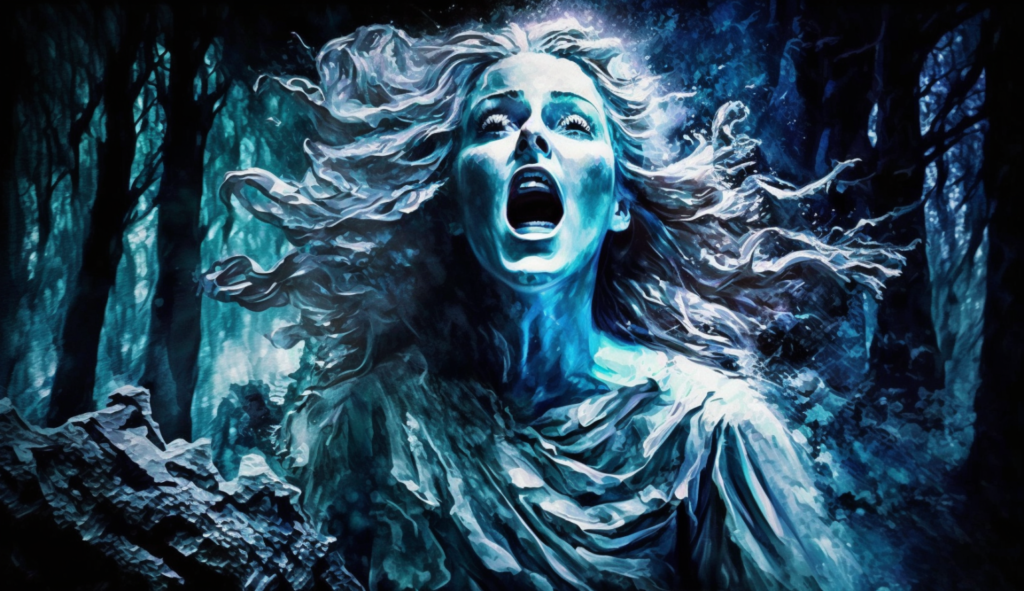
The Many Guises Of A Banshee
The Banshee is often pictured as a malevolent spirit by those who hear the name, calling her a bringer of misery and death to any who may hear her scream amid the forest or Irish mist. The scream emitted by the Banshee is enough to chill you to the bone, and for the one who hears the call of this spirit, it’s said that it is they who shall perish, and in some cases someone in their immediate family. But, this is one of the many versions of Banshees that exist throughout Irish legend. Others are simply spirits that warn families of impending doom, thus giving them time to prepare for the inevitable.
There are both good and evil Banshees, with the good Banshees appearing as beautiful and enchanting women that sing a song of sorrow filled with concern for their loved ones. However, on the other hand, there are also malevolent banshees. These Banshees are said to be filled with hatred for their former family and want nothing more than to drive them insane through feats of horror, ultimately forcing them to insanity and, in some cases, suicide.
According to Irish folklore, the Banshee can take on at least three distinct forms. These distinct Banshee personalities are thought to align with the Irish Goddess Morrigan, who also had three distinctive personalities. One is that of a beautiful young woman with long, flowing white or red hair. The second is that of an old woman in ragged clothing with dirty grey hair, long fingernails, and rotten teeth. One thing that both appearances have in common is their bloodshot or red eyes, which are said to be from crying too much. But the third personality is the most frightening, as this darker personality of the faerie is one which takes pleasure in suffering and death and seeks to drive her victims to insanity.
Another varying factor in the many guises of the Banshee is her height. While most often, she is seen as a small woman, ranging from one to four feet high; others have witnessed Banshees of considerable size. More often than not, her small stature emphasises her connection to the Sidhe or faeries, who themselves were known to be incredibly small.
The Banshee In Irish Legend
Banshees often appear throughout Irish legends in their many guises. They make various appearances in numerous oral traditions that have since been written down, including one reasonably popular body of texts known as the Rudrician Cycle, in which Cu Chullain plays a prominent role.
One of the most famous references to a Banshee takes us to the story of our beloved boy hero Cu Chullain. During the Tain Bo Cuailgne, Cu Chullain sees a woman’s blood-stained clothes at the Ford, where he will eventually slay his friend Fergus. In this instance, the Banshee was an omen of death, without any kind of vocal warning. This aligns greatly with the well-known Scottish guise of the Banshee.
The Families Of The Banshee
Originally it was thought that the Banshee only keened for a few ancient families of Ireland, including; O’Grady, O’Brien, O’Connor, O’Neill, and Kavanagh. Seemingly those with an O or Mc in their surname were the particular favourites of this supernatural being. Various families even had a specific Banshee associated with them, showing that this supernatural creature hasn’t always been seen as a purely malevolent force.
This may date back to a Medieval legend originating from those who claimed descent from the Milesian line of Irish history. This would then explain why the last group of Irish settlers, such as the Gaelige dynasties of the Ui Neill and Eoghanctha of Munster, claimed the Banshee as their own. However, we have references like that of Cu Chulainn that

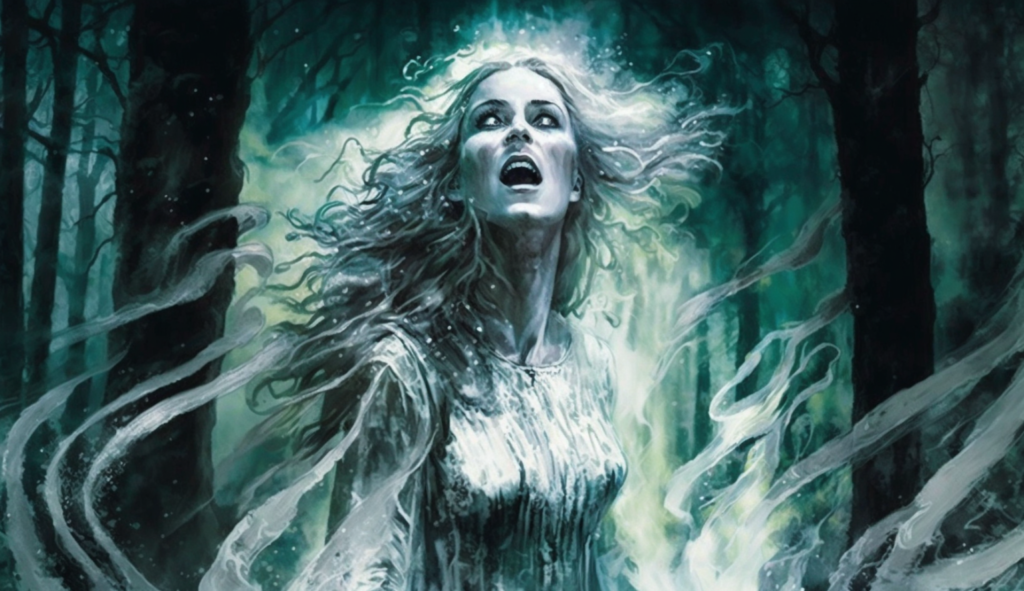
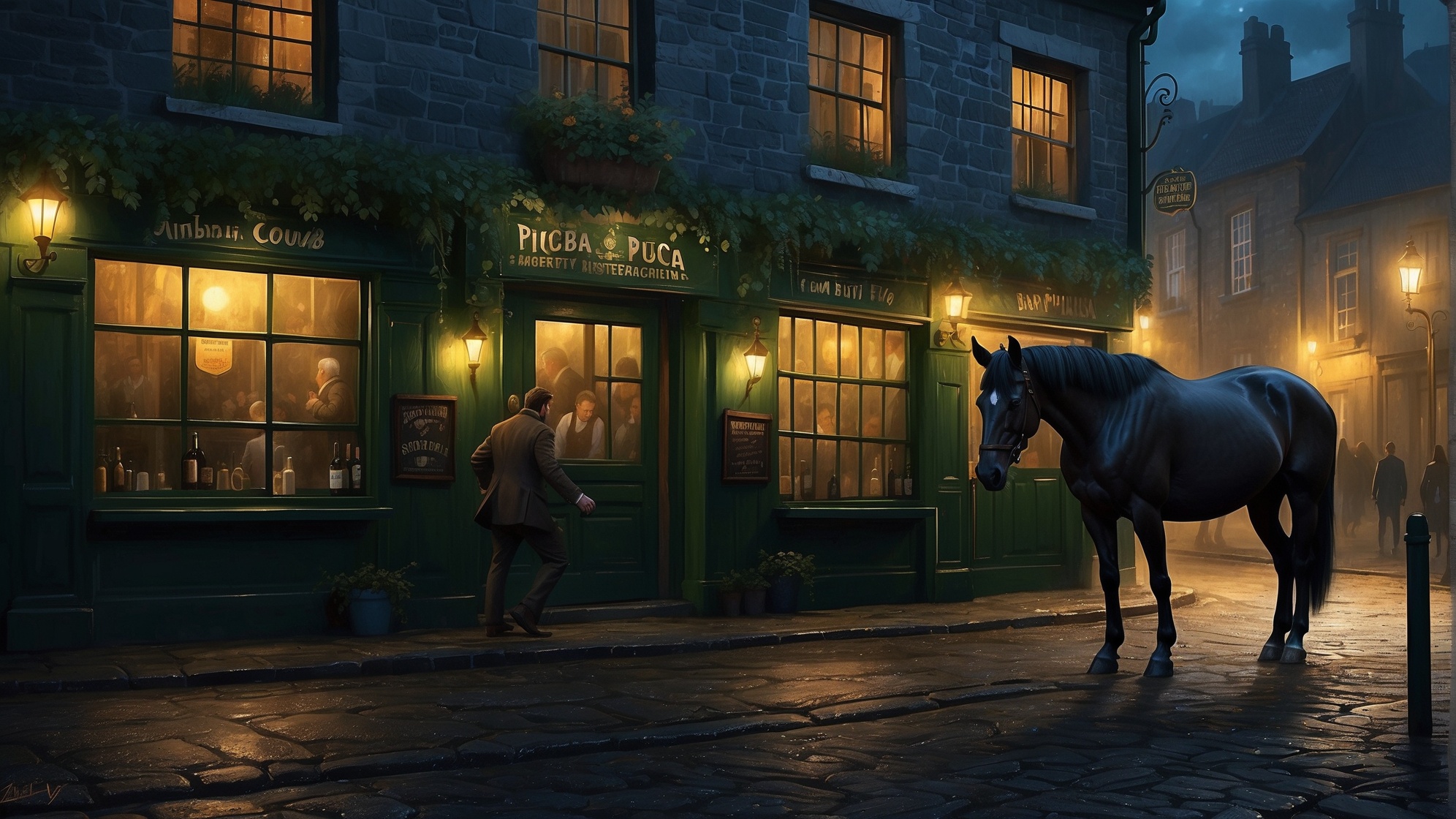
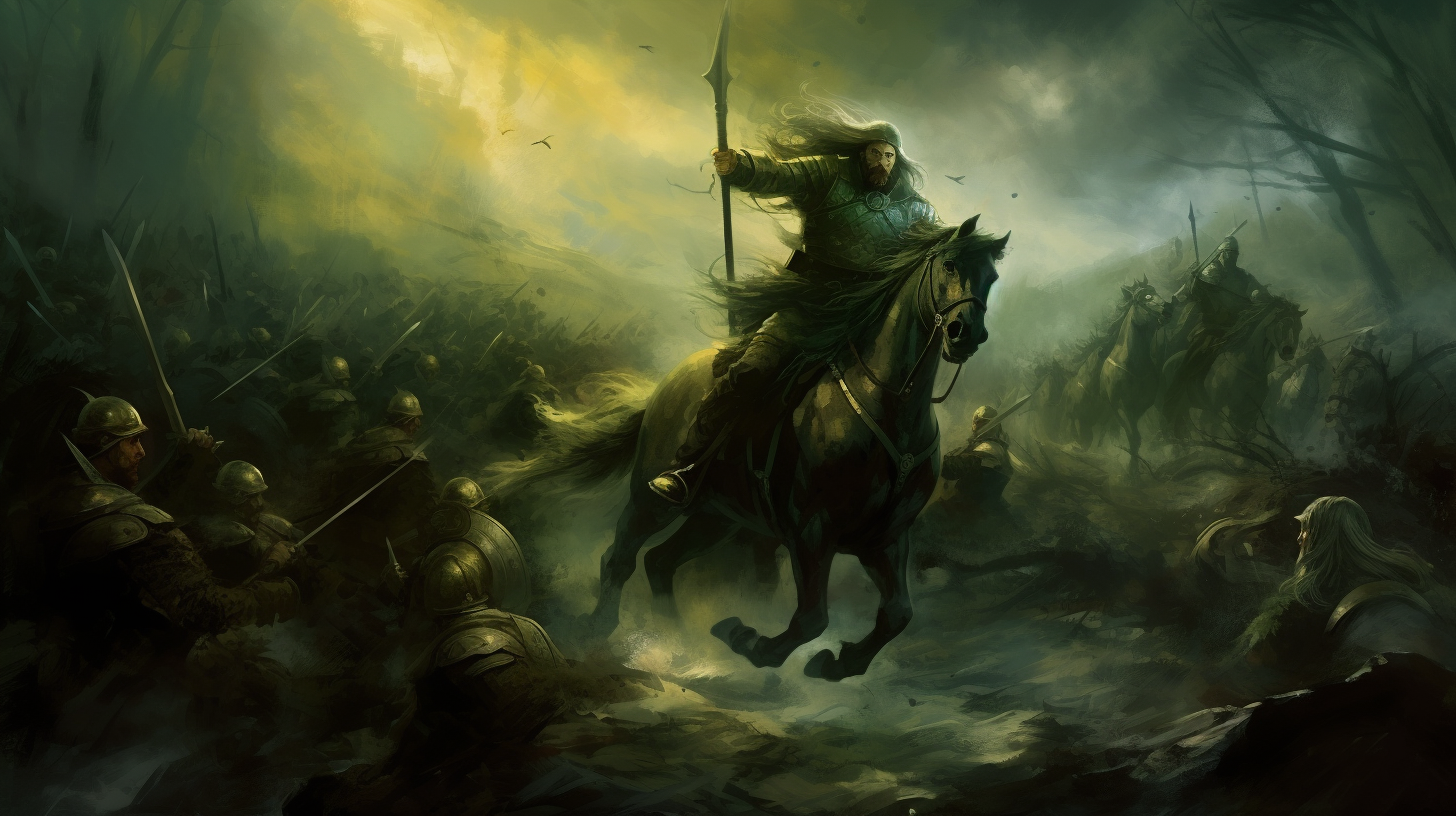
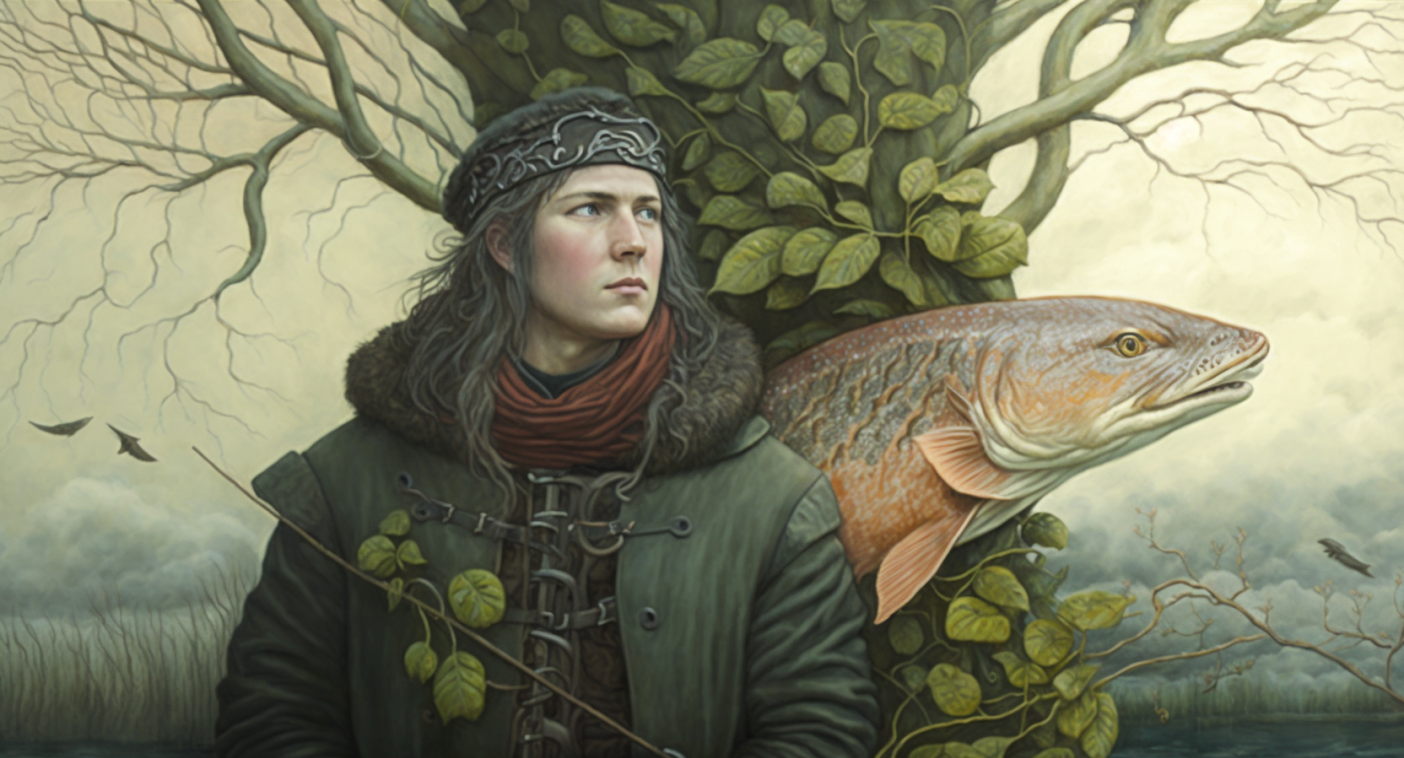
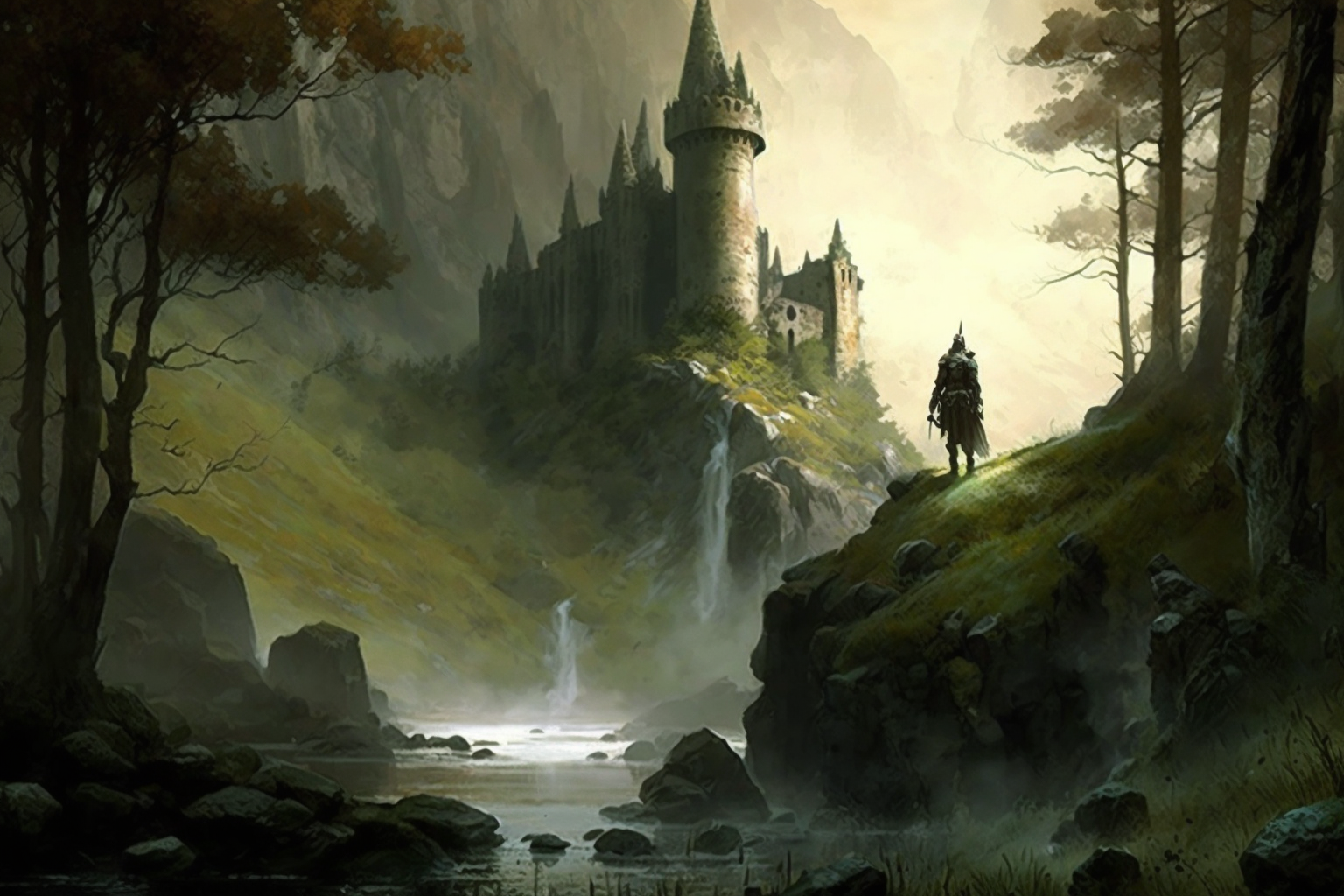
One Response